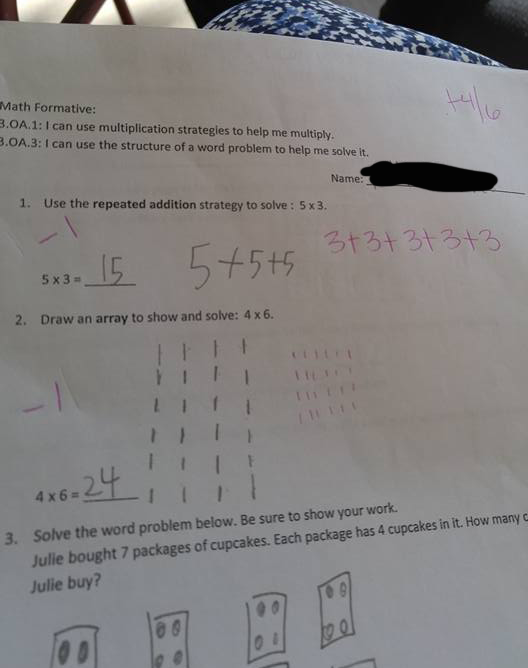When you’re writing documentation, it’s a good idea to use tools to keep code examples accurate. We’ve started to adopt tut, and that’s what this post is about.
Highlights from Scala Exchange 2015
Scala Exchange holds a special place in the hiveheart of Underscore. We’ve been attending since the very beginning in 2011 (before Underscore was formed!) and have more recently taken an active role growing the conference as part of the program committee.
We’d like to highlight some of the talks we most enjoyed from this year’s edition of the conference, which was easily the biggest and busiest so far.
Newsletter 12: Scala Exchange
Hi everyone,
It’s December, which means Christmas holidays are approaching for most of us, and—for a lucky few—so is Scala Exchange. In this newsletter we have a rundown of what’s happening at Scala Exchange, as well as news on Essential Slick, and the usual blog and job postings.
Essential Slick Feature Complete and Review Copies Available
All the chapters for Essential Slick have been completed and are updated for Slick 3. We’re now also making some copies available for review.
Why 3×5 is and isn't 5×3
I recently saw this image, taken from a maths test.
The student has been asked to represent 5×3 in terms of repeated addition. They have written 5+5+5. The teacher has marked this as incorrect and given 3+3+3+3+3 as the correct answer. Like many people, when I first saw this I thought the teacher was clearly wrong. After a bit of thought I realised they were correct, and after still more thought I realised this question raises a whole lot of interesting points.
So why isn’t 3×5 the same as 5×3?
